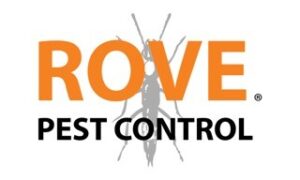We’ve had an unusually long and active June Bug season this summer. Here are a few June Bug facts and information you might not know!
June Bug Facts
June Bugs get their name primarily because most often it is when their eggs start to hatch. It most often ranges from end of may to end of June/early July. June Bug larva can live from 2-4 years underground before becoming full grown adult beetles.
June bugs are viewed as pests because they cause damage as larva, and as adults. There are several species that are considered “June Bugs”. The most common are the Japanese Beetle, Chafer Beetle, Green June Beetle, and Ten Line June beetle.
What June bugs eat
June bug larva tend to do damage to plant roots as well as grass. They like to eat roots in several plants, like trees, grass, and grains. The larva also really likes to eat plants you may have in your gardens like berries and potatoes, tomatoes, etc. You may have a larva problem if you are seeing several brown patches in your yard.
The grass will often peel off very easily without much effort if you have a significant issues with June bug larva. An interesting way to check if you may have an issue is you can flood the affected areas with water and then the larva tends to come up to the surface.
Adult June bugs eat the foliage on different plants and shrubs. Many of these pests are very active at night and are attracted to lights. If you have yard lights June bugs are often found around them.
Common June Bug treatments
There are a couple options to get rid of June bugs, you can either make pest’s shelter less easy to live in or what they eat less desirable, the later is often the best solution. In other instances strategic pruning of the plant or surrounding plants may produce the desired result. Depending on how far along the season is, you may need to focus on the adult stage vs controlling the larval stage.
At certain times of the year, products that move through tree, shrub, and flower internal systems may be injected into the soil in dosages that will protect the plant from invading and attacking insects without threatening the health of the plant. Other times the treatment is more focused on the larva. We suggest reaching out to a pest control specialist to determine what the best route would be for your pest issues.
Did This Blog Help You? We would greatly appreciate if you could comment below and share on Facebook
Have a question for us? Be sure to reach out on Facebook: www.facebook.com/RoveMinnesota
P.S. Have a pest issue? As a first time customer with Rove Pest Control – Click Here to get $50 off your initial service!
Did you get value from this post on, June bug facts you might not know, Please retweet below!
